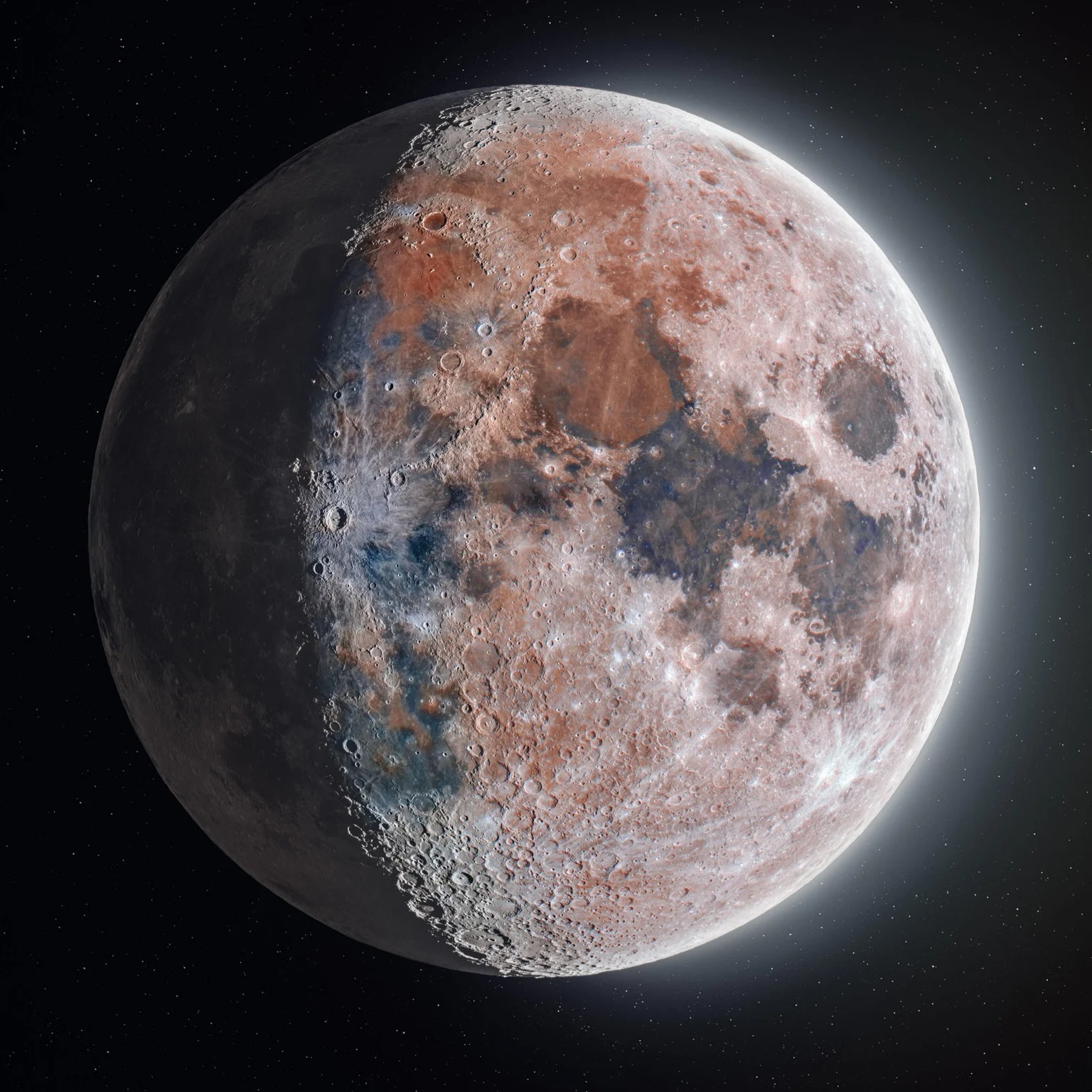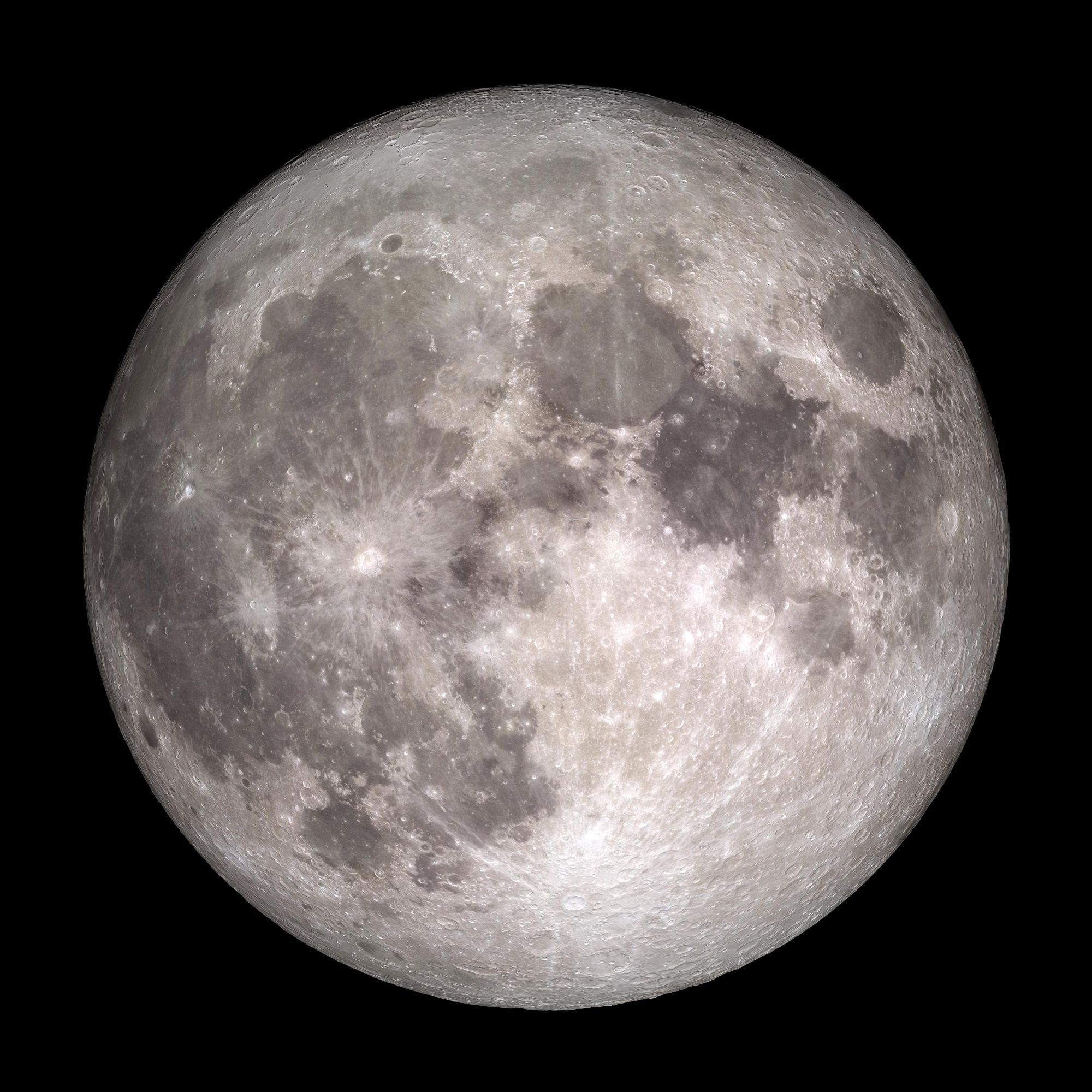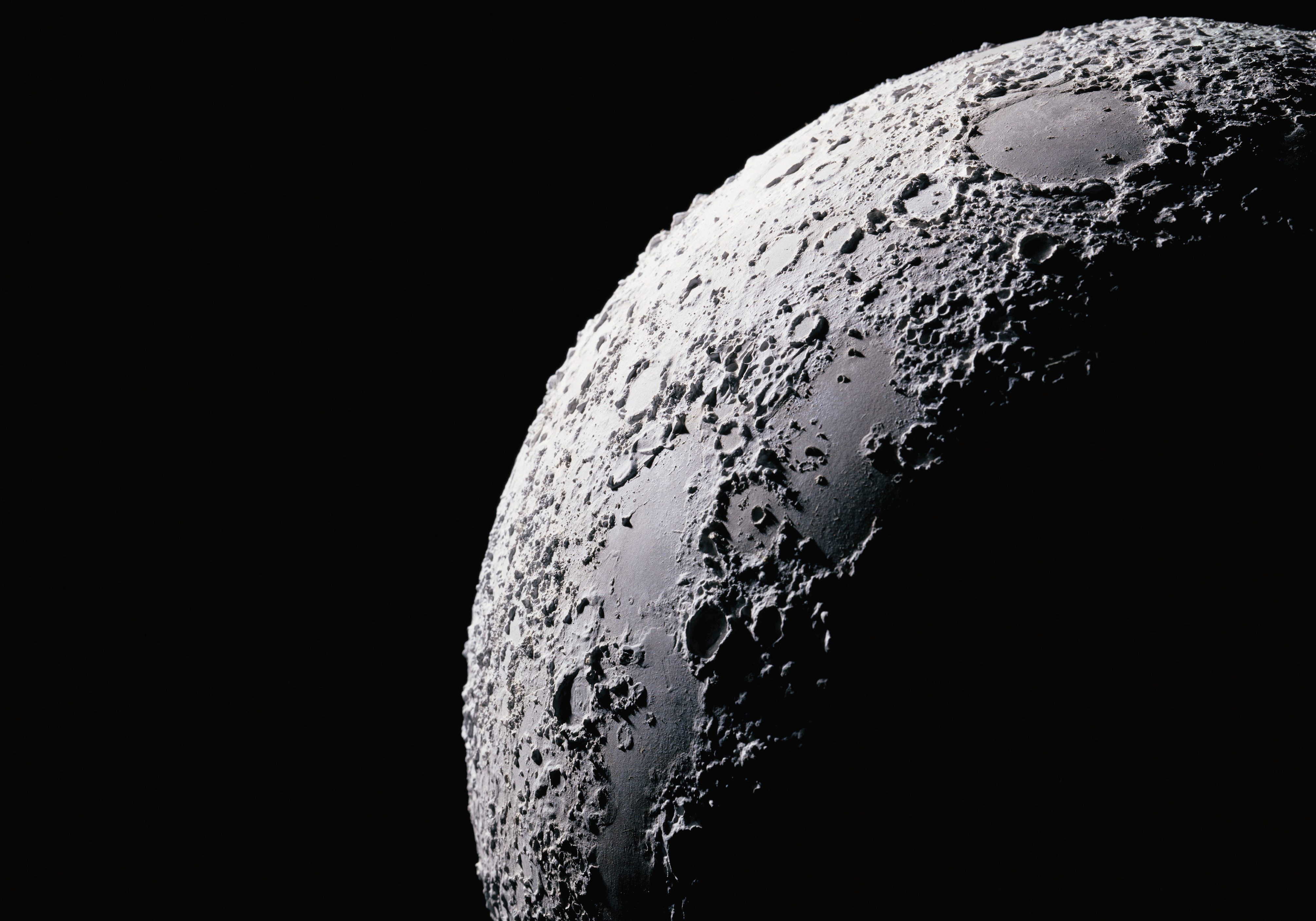Have you ever looked up at the night sky and felt a pull, a sense of wonder, as the moon hangs there, a silent, glowing presence? For many, that feeling goes beyond just simple admiration. There's a widely held idea that the moon, our closest celestial neighbor, has a deep and subtle connection to who we are inside. This connection often brings up questions like, "What is moon sign?" and how this particular aspect of the moon's position at the moment you were born might tell you something about your inner self, your emotional rhythms, and even your instinctive reactions to life's ups and downs. It's a fascinating thought, to be honest.
The moon, a familiar sight to everyone on Earth, truly holds a special place in our collective consciousness, you know? It's been a source of stories, myths, and even scientific study for thousands of years. From its consistent glow to its steady journey around our planet, the moon shows us a kind of dependable pattern that, in a way, mirrors the cycles we experience in our own lives. People often wonder how something so constant and influential in the sky could also play a part in shaping our personal makeup.
This article is going to take a closer look at the moon itself, drawing on some interesting facts about its physical characteristics and how it moves. Then, we'll gently explore the concept of "what is moon sign" and how it ties into these very real, observable qualities of our moon. We'll touch upon how the moon gets its light, its impressive size, and even its important role in keeping our planet stable. By understanding the moon better, perhaps you'll gain a different perspective on why so many people feel it has a connection to their deeper emotional landscape.
- Exploring The Chemistry Of Hwang In Yeop And Kim So Hyun
- Exploring The Life And Family Of Lee Dong Wook A Glimpse Into His Children
- Inside The Enchanting World Of Ryan Reynolds And Blake Livelys Home
- The Life And Legacy Of Timothy Byers Affleck
- The Life Of Kevin Oconnells Wife A Journey Of Love And Partnership
Table of Contents
- What is Moon Sign and Its Meaning?
- The Moon's Steady Presence and Your What is Moon Sign
- How Does the Moon Light Up Our Sky?
- The Moon's Cycle and What is Moon Sign
- Is the Moon Important for Life on Earth?
- The Buck Moon and Your What is Moon Sign Inquiry
- What Do We Know About the Moon's Size?
- Exploring the Moon and What is Moon Sign
What is Moon Sign and Its Meaning?
When people talk about "what is moon sign," they're usually referring to a specific point in the sky where the moon was located at the very moment you were born. It's believed that this position, within the twelve sections of the zodiac, gives insights into your emotional nature, your deepest feelings, and how you react instinctively to the world around you. Think of it like a personal emotional compass, so to speak. While the sun sign might tell you about your outward personality or your core identity, the moon sign is often seen as revealing the more private, inner workings of your heart and soul. It’s about your comfort zone, your needs for security, and how you nurture yourself and others.
This idea, you know, has been around for a very long time, stretching back to ancient civilizations that keenly observed the celestial bodies. They saw the moon's constant shifting, its changing appearance, and felt its undeniable pull on the tides. It's almost as if they naturally extended that powerful influence to the human spirit. So, when someone asks "what is moon sign," they're essentially asking about this emotional blueprint, a kind of internal map that guides their feelings and reactions. It's a way for people to try and understand themselves a little bit better, to make sense of those sometimes confusing inner stirrings.
It’s interesting how something so far away, our moon, could be thought to have such a personal impact. The moon, our Earth’s only natural satellite and nearest celestial body, has been known to humans since the earliest times. It's literally the brightest object we see in the sky once the sun goes down. This constant, luminous presence has always captured human attention, leading to deep contemplation about its role, not just in the physical world, but perhaps in our inner worlds too. The idea of "what is moon sign" taps into this ancient human fascination with the moon's influence.
- Discovering The Enigma Of The Giant Domestic Cat
- Unraveling The Mystique Of Daniel Sunjatas Relationships
- Andrew Golota The Rise And Fall Of A Boxing Contender
- Understanding The Family Life Of Donald Glover A Focus On His Children
- The Royal Tenenbaums A Cinematic Masterpiece Of Quirk And Heart
The Moon's Steady Presence and Your What is Moon Sign
The moon, this familiar face in our night sky, moves with a kind of quiet dependability that's really quite remarkable. It makes a full trip around our planet in about 27 Earth days. What's even more interesting is that it spins, or rotates, at that exact same speed. This means we always see the same side of the moon, which is why it feels so consistently there, even as it changes its shape from our perspective. This steady, rhythmic movement is, in some respects, a core part of its nature.
This consistent motion, this reliable cycle, could be seen as a parallel to the steady, underlying emotional currents that a moon sign is said to represent. Just as the moon reliably orbits and spins, influencing tides and light, your moon sign is thought to represent those parts of you that are consistent, almost like your default emotional setting. It's about how you tend to feel when you're just being yourself, without any outside pressure. So, when you look into "what is moon sign," you're really exploring this idea of an inner, unchanging core, much like the moon's unchanging face to us.
The moon’s name in English, interestingly enough, is like that of Earth – simple, ancient, and deeply rooted in our language. This shows just how long it’s been a central part of human experience and thought. Its constant presence, known since prehistoric times, has surely shaped our stories, our calendars, and even our spiritual beliefs. The very idea of "what is moon sign" seems to spring from this long-standing relationship humans have had with our nearest celestial neighbor, observing its patterns and wondering about its deeper effects.
How Does the Moon Light Up Our Sky?
It's a common misconception, but the moon doesn't actually produce its own light. Instead, it's almost always lit up by the sun. The only time it isn't is when our Earth gets directly in the way, casting a shadow on it during what we call a lunar eclipse. From our viewpoint here on Earth, the amount of light we see from the moon changes as it travels around us. This shifting illumination is what gives us those beautiful, familiar lunar phases – from a tiny sliver to a bright, full circle. This play of light and shadow, you know, is a constant dance in the sky.
This constant shift in visible light, while the moon itself remains a solid body, is a pretty good way to think about how "what is moon sign" might work. Your moon sign isn't about changing who you are at your core, but rather about how your inner feelings and needs are expressed or perceived at different times. Just as the moon's light waxes and wanes, our emotions can ebb and flow, yet the underlying self, like the moon itself, remains. It’s a subtle yet powerful concept, really.
The moon is, after all, the brightest object in our sky once the sun has set. Its glow has guided travelers, inspired poets, and illuminated countless nights throughout human history. This consistent, yet changing, source of light has always been a focal point for humanity. The way it moves through its phases, always present but showing different faces, gives us a rhythm, a kind of natural clock. This rhythm, some believe, is deeply connected to the emotional cycles that a moon sign might help us understand better.
The Moon's Cycle and What is Moon Sign
The moon's cycle, that journey of about 27 Earth days, is a truly consistent thing. It’s a very dependable clock in the sky, always moving at the same pace, always showing us its different phases in a predictable order. This kind of steady, cyclical movement is what makes the moon such a powerful symbol of repetition and rhythm. It's a bit like the steady beat of a drum, always there, always marking time. This regularity, naturally, has led many to connect it with the rhythms they feel within themselves.
When we consider "what is moon sign," we're often looking at how these lunar rhythms might influence our own emotional tides. Just as the moon pulls at the oceans, creating high and low tides, it’s thought that the moon’s position at birth could indicate how our emotions ebb and flow. It’s about those deep, almost unconscious feelings that come and go, shaping our moods and reactions. This connection between the moon's physical cycle and our inner emotional one is a central idea behind the concept of a moon sign.
This unchanging orbit, the way the moon consistently shows us different amounts of light as it circles, is a testament to its predictable nature. It's a cosmic dance that has played out for billions of years. People who look into "what is moon sign" often find comfort in the idea that there are underlying patterns to their feelings, just as there are clear patterns in the moon’s journey. It offers a framework, a way of thinking about why we feel what we feel, and how those feelings might be connected to something larger than ourselves.
Is the Moon Important for Life on Earth?
Beyond its beauty and the way it lights up our night, the moon plays a truly important role in making Earth a place where life can thrive. It’s not just a pretty face in the sky; it’s a very real partner in our planet’s stability. The moon, being the brightest and largest object in our night sky, actually helps to keep our home planet from wobbling too much on its axis. This moderating effect leads to a relatively stable climate, which is, you know, absolutely essential for life as we know it to exist and continue. Without the moon’s steadying influence, Earth’s climate would likely be far more extreme and unpredictable.
Think about that for a moment: something so far away has such a profound, stabilizing effect on our entire planet. This very real, physical influence provides a fascinating backdrop for understanding why some people believe the moon also has a significant, if less tangible, influence on our personal stability and emotional balance. When someone asks "what is moon sign," they’re often seeking to understand their own internal stability, their emotional anchor points. It's almost as if the moon's role in stabilizing Earth is mirrored in its potential role in stabilizing our inner selves.
The moon’s presence has been a constant for literally billions of years, quietly working to maintain the conditions that allow life to flourish here. It’s a powerful, silent guardian in a way. This profound impact on Earth's environment gives a certain weight to the idea that the moon could also influence our individual emotional environments. It’s a natural leap for some to connect such a powerful cosmic force with the subtle forces that shape our moods and temperaments, which is precisely what "what is moon sign" attempts to explore.
The Buck Moon and Your What is Moon Sign Inquiry
Every full moon has a special name, and July's full moon is pretty famously known as the "Buck Moon." This name comes from the time of year when new antlers begin to emerge on male deer, or bucks. It's a lovely way to connect the celestial cycle with the natural world around us, isn't it? This particular full moon often brings with it a sense of fullness and a peak in lunar energy. For those interested in "what is moon sign," observing these specific full moons can sometimes feel like a moment of heightened awareness regarding their own emotional landscape.
Interestingly, July’s full 'Buck Moon' in 2025 is set to rise when the moon is very close to aphelion. Aphelion is the point in its orbit where Earth is furthest from the sun. This means that the Buck Moon in 2025 will actually be the furthest full moon from the sun for that year. This unique positioning, while a scientific fact about its orbit, can add a layer of contemplation for those who feel connected to lunar energies. It’s a specific moment in time, a particular alignment, that some might see as amplifying certain qualities related to their "what is moon sign."
The fact that these specific lunar events, like the Buck Moon, are usually visible in the night sky, makes them accessible and tangible experiences for everyone. We can all look up and witness this celestial phenomenon. This direct observation of the moon's phases and special occurrences often deepens people's connection to its perceived influence. It's a way of feeling more connected to the cosmos and, by extension, to the ideas behind "what is moon sign" and how it might reflect their inner world.
What Do We Know About the Moon's Size?
When we look up at the moon, it often seems like a relatively small disk in the vastness of space. But it’s actually quite a substantial body. Just how big is the moon, you might wonder? Well, its diameter is approximately 2,160 miles. To put that into perspective, that’s roughly the distance from New York City to Salt Lake City, Utah, if you were to drive straight across the country. It’s a pretty significant chunk of rock, really, spinning around our planet.
This considerable size is important because it contributes to the moon’s gravitational pull and its overall influence on Earth. A smaller body might not have the same stabilizing effect or create such pronounced tides. The sheer scale of the moon, this very real physical presence, helps us understand why it has such a tangible impact on our planet. This tangible impact, in turn, helps to ground the more abstract concept of "what is moon sign" in something observable and real. It’s about recognizing the moon’s power, both seen and unseen.
The moon is, except for those rare moments during a lunar eclipse when it passes through Earth’s shadow, always illuminated by the sun. But from our vantage point on Earth, the visible light we see shifts constantly during its orbit, creating those familiar lunar phases. This constant illumination, coupled with its considerable size, makes the moon an undeniable force in our cosmic neighborhood. Understanding these physical attributes gives us a richer appreciation for why the moon has been such a source of fascination and, for some, a key to understanding their emotional makeup through "what is moon sign."
Exploring the Moon and What is Moon Sign
Humans have been absolutely fascinated by the moon for a very long time, and that curiosity has led to some truly incredible efforts to learn more about it. We’ve been able to discover interesting facts about how the moon formed, what it's made out of, and the many missions humans have launched to explore it. From the Apollo missions that put people on its surface to robotic probes that continue to send back valuable data, our understanding of this celestial body keeps growing. This scientific exploration adds a layer of depth to our appreciation of the moon, showing us its physical reality.
This ongoing exploration of the moon's physical properties, its composition, and its history, provides a solid foundation for understanding its significance. It’s not just a distant light; it’s a real, tangible place with its own story. This tangible reality, in a way, lends weight to the more symbolic interpretations of the moon's influence. When people ask "what is moon sign," they are often connecting to this deeper, more mysterious side of the moon, exploring how its known characteristics might subtly relate to their inner world and emotional landscape.
The moon's name in English, like that of Earth, is of ancient origin, reflecting its long-standing importance in human culture and language. This deep historical and scientific connection means the moon is much more than just an astronomical object; it's a part of our shared human story. This rich background of observation and inquiry naturally extends to questions about its influence on us, leading to the kind of personal exploration that "what is moon sign" encourages. It’s about looking at something vast and distant and finding a connection to something very personal and close to home.
This article has explored various aspects of our moon, from its constant illumination by the sun and its precise orbit around Earth, to its vital role in stabilizing our planet's climate. We've touched upon its impressive size, the meaning behind specific lunar events like the Buck Moon, and humanity's long history of observing and exploring it. Throughout, we've also considered how these physical realities of the moon connect to the popular concept of "what is moon sign," which seeks to understand the moon's influence on our emotional and inner selves.
- Unleashing Imagination Journey Into Character Ai Beta
- The Life Of Henry Chos Wife A Journey Beyond Comedy
- Exploring Jerry Seinfelds Family In 2024
- Bres Family The Parents Behind Selling Sunset Star
- Exploring The Enchantment Of Tangled Rapunzel With Brown Hair


